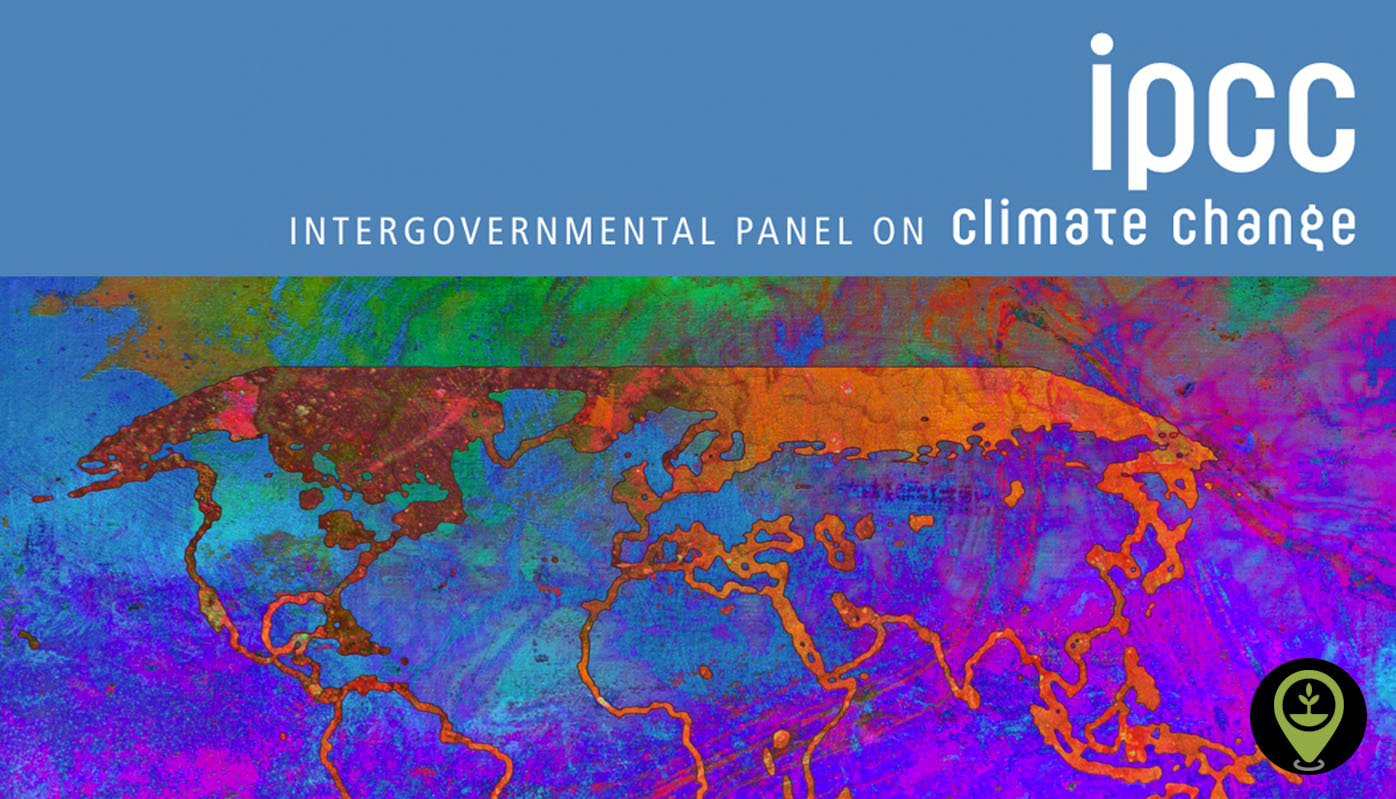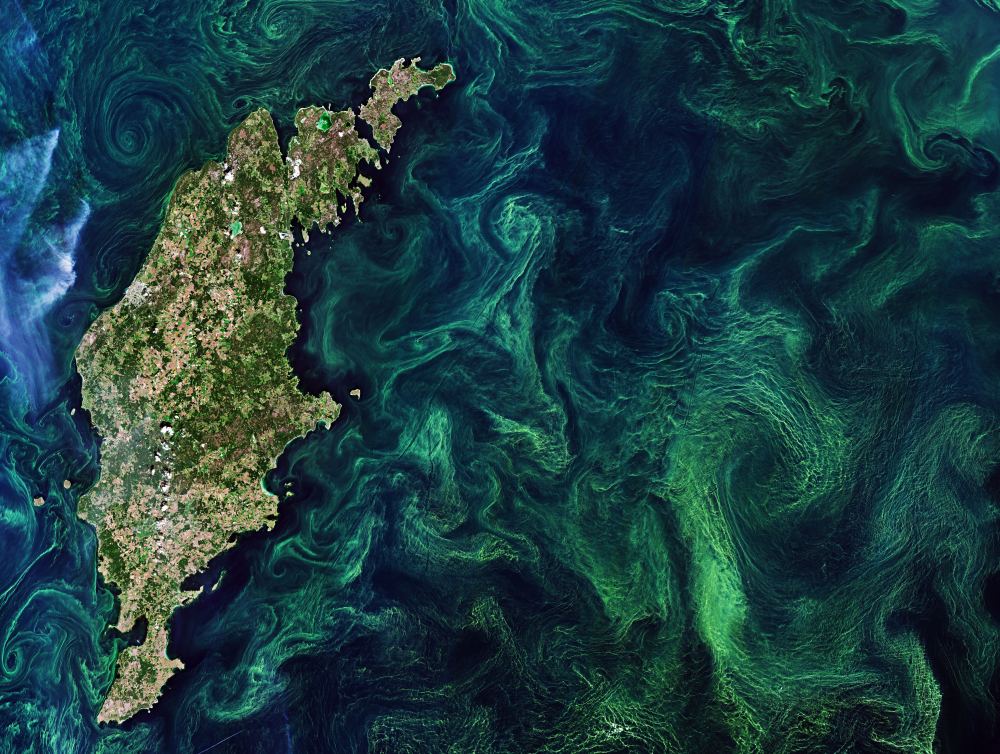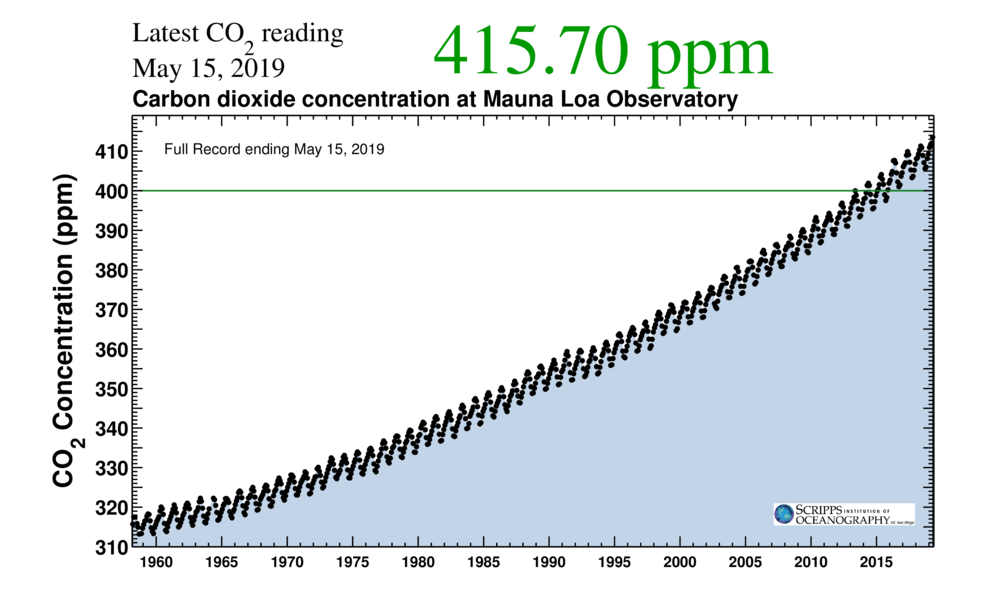Since 1988, the Intergovernmental Panel on Climate Change (IPCC) was formed and tasked with advancing knowledge of humanity’s impact on the natural environment. Beginning in 1990, they have issued multiple reports on the natural, political, and economic impacts Climate Change will have, as well as possible options for mitigation and adaptation. On Feb. 27th, the IPCC released the second part of its Sixth Assessment Report (AR6) – “Impacts, Adaptation, and Vulnerability” – and the outlook isn’t good!
Continue reading “The IPCC Releases its 2022 Report on Climate Change, in Case you Needed Something Else to Worry About”If a Planet Has a Lot of Methane in its Atmosphere, Life is the Most Likely Cause
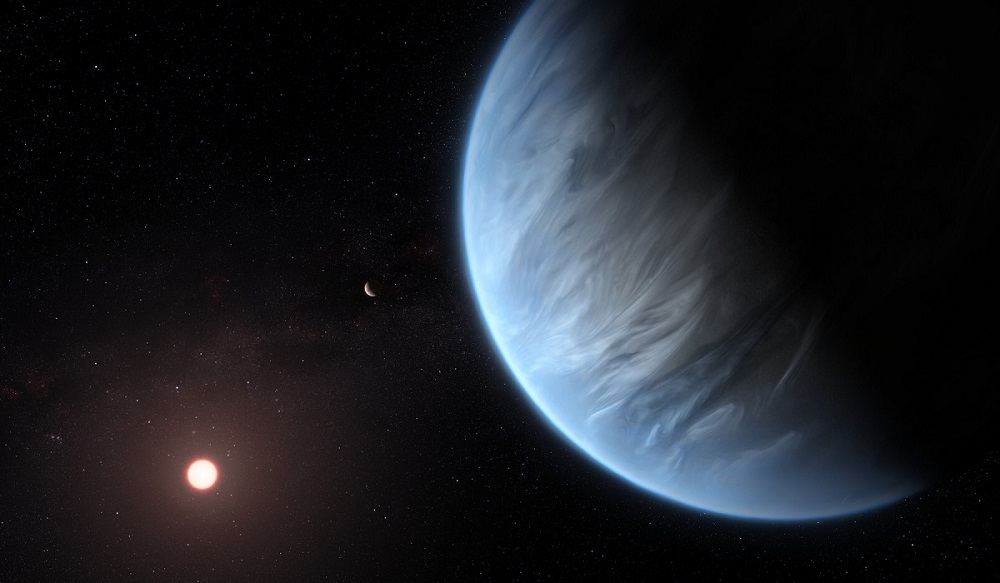
The ultra-powerful James Webb Space Telescope will launch soon. Once it’s deployed, and in position at the Earth-Sun Lagrange Point 2, it’ll begin work. One of its jobs is to examine the atmospheres of exoplanets and look for biosignatures. It should be simple, right? Just scan the atmosphere until you find oxygen, then close your laptop and head to the pub: Fanfare, confetti, Nobel prize.
Of course, Universe Today readers know it’s more complicated than that. Much more complicated.
In fact, the presence of oxygen is not necessarily reliable. It’s methane that can send a stronger signal indicating the presence of life.
Continue reading “If a Planet Has a Lot of Methane in its Atmosphere, Life is the Most Likely Cause”Scientists Think They Know What Caused the Deadliest Mass Extinction in the History of the Earth
![This illustration shows the percentage of marine animals that went extinct during Earth's worst extinction at the end of the Permian era by latitude, from the model (black line) and from the fossil record (blue dots).A greater percentage of marine animals survived in the tropics than at the poles. The color of the water shows the temperature change, with red being most severe warming and yellow less warming. At the top is the supercontinent Pangaea, with massive volcanic eruptions emitting carbon dioxide. The images below the line represent some of the 96 percent of marine species that died during the event. [Includes fossil drawings by Ernst Haeckel/Wikimedia; Blue crab photo by Wendy Kaveney/Flickr; Atlantic cod photo by Hans-Petter Fjeld/Wikimedia; Chambered nautilus photo by John White/CalPhotos.]Justin Penn and Curtis Deutsch/University of Washington](https://www.universetoday.com/wp-content/uploads/2018/12/Penn_sumfig_final.jpg)
Humanity can have a love/hate relationship with itself, but there’s no denying that we’re the pinnacle of evolution on Earth as things stand now. But it took an awfully long time for evolution to produce beings such as we. Several times, life had to drag itself back from near annihilation.
The largest extinction setback was the Permian-Triassic extinction, also called the “Great Dying,” some 252 million years ago. Up to 96% of all marine species and 70% of terrestrial vertebrate species went extinct.
What happened?
Continue reading “Scientists Think They Know What Caused the Deadliest Mass Extinction in the History of the Earth”There Could Be Carbon-Rich Exoplanets Made Of Diamonds

Scientists are getting better at understanding exoplanets. We now know that they’re plentiful, and that they can even orbit dead white dwarf stars. Researchers are also getting better at understanding how they form, and what they’re made of.
A new study says that some carbon-rich exoplanets could be made of silica, and even diamonds, under the right circumstances.
Continue reading “There Could Be Carbon-Rich Exoplanets Made Of Diamonds”Even If We Cut Greenhouse Gas Emissions Tomorrow, it Would Take Decades for the Earth to Start Cooling Again

If—or hopefully when—we cut our Greenhouse Gas (GHG) emissions, we won’t notice much difference in the climate. The Earth’s natural systems take time to absorb carbon from the atmosphere. We may have to wait decades for the temperatures to drop.
Of course, that doesn’t mean we shouldn’t do it. It’s just that we have to temper our expectations a little.
Continue reading “Even If We Cut Greenhouse Gas Emissions Tomorrow, it Would Take Decades for the Earth to Start Cooling Again”New Data Show How Phytoplankton Pumps Carbon Out of the Atmosphere at an Enormous Scale
One of the most fascinating things about planet Earth is the way that life shapes the Earth and the Earth shapes life. We only have to look back to the Great Oxygenation Event (GOE) of 2.4 billion years ago to see how lifeforms have shaped the Earth. In that event, phytoplanktons called cyanobacteria pumped the atmosphere with oxygen, extinguishing most life on Earth, and paving the way for the development of multicellular life.
Early Earth satisfied the initial conditions for life to appear, and now, lifeforms shape the atmosphere, the landscape, and the oceans in many different ways.
At the base of many of these changes is phytoplankton.
Continue reading “New Data Show How Phytoplankton Pumps Carbon Out of the Atmosphere at an Enormous Scale”During Mass Extinction Events, Volcanoes Were Releasing About the Same Amount of CO2 as We Are Today
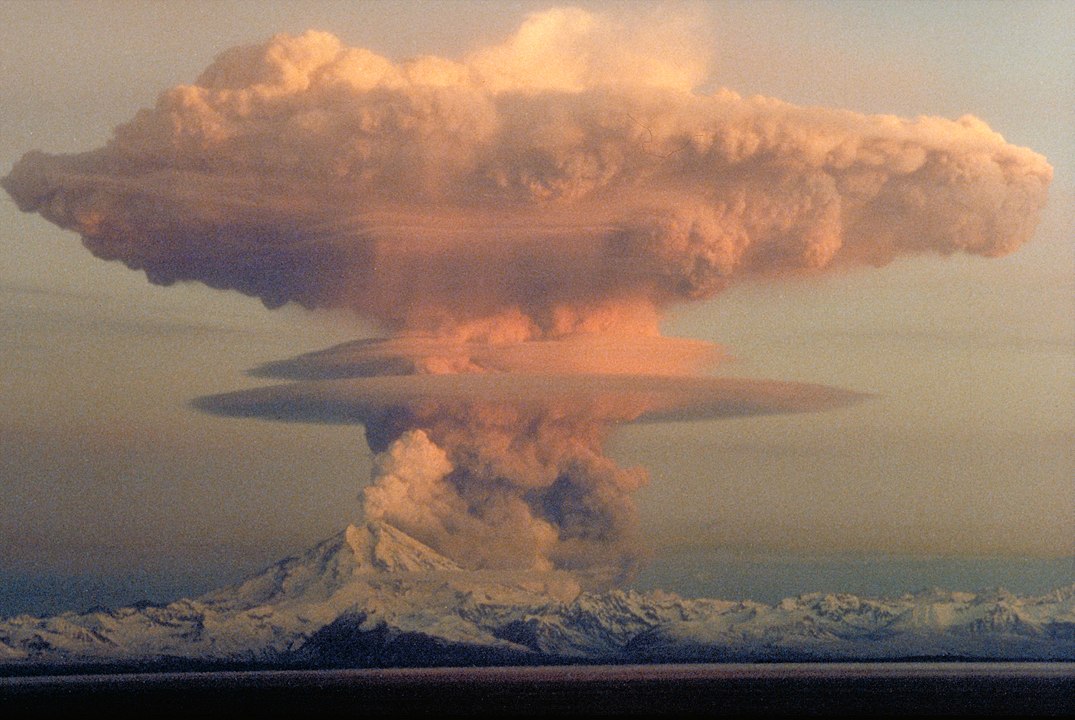
200 million years ago, a mass extinction event wiped out about 76% of all species on Earth—both terrestrial and marine. That event was called the end-Triassic extinction, or the Jurassic-Triassic (J-T) extinction event. At that time, the world experienced many of the same things as Earth is facing now, including a warming climate and the acidification of the oceans.
A new paper shows that pulses of volcanic eruptions were responsible, and that those pulses released the same amount of CO2 as humans are releasing today.
Continue reading “During Mass Extinction Events, Volcanoes Were Releasing About the Same Amount of CO2 as We Are Today”As Temperatures Increase, Forests are Having More Trouble Soaking up Carbon

On Earth, one of the most important factors regulating our climate is the carbon cycle. This refers to the processes by which carbon compounds are sequestered by biological (photosynthesis) and geological processes and released through volcanic activity and organic processes (decay and respiration). For billions of years, this cycle has kept temperatures relatively stable on Earth and allowed for life to flourish.
For the past few centuries, human activity has tipped the scales to the point that some refer to the current geological epoch as the Anthropocene. According to a new study by an international team of researchers, human activity is also leading to a situation where tropical rainforests (a major sequester of carbon dioxide) are not only losing their ability to soak up carbon but could actually be adding to the problem in the coming years.
Continue reading “As Temperatures Increase, Forests are Having More Trouble Soaking up Carbon”This Artificial Leaf Turns Atmospheric Carbon Dioxide Into Fuel
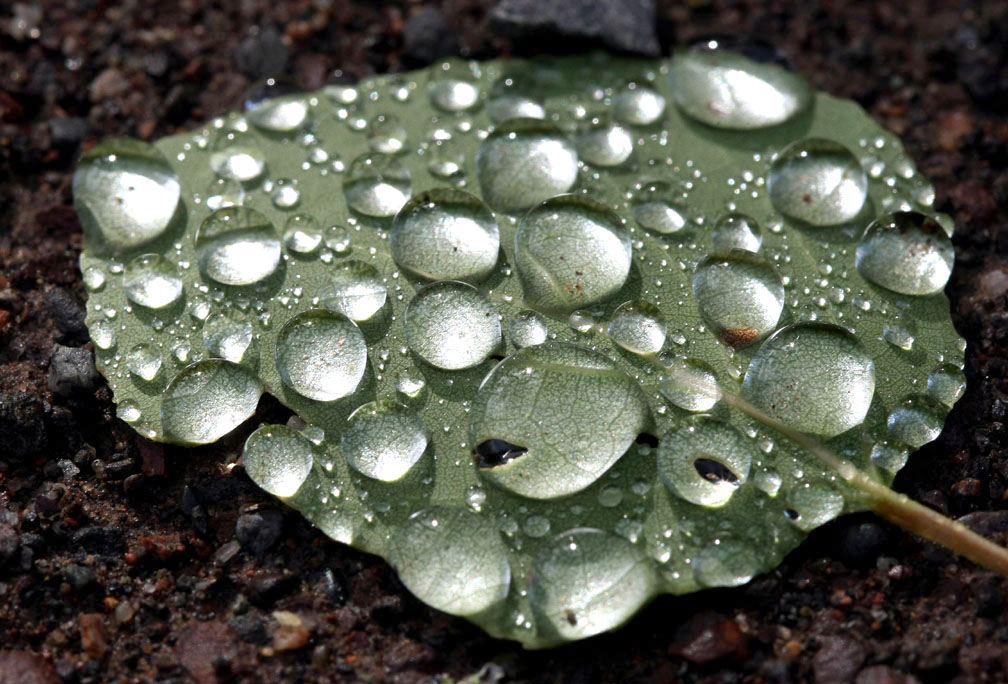
There is no doubt that climate change is a very serious (and worsening) problem. According to a recent report by the Intergovernmental Panel on Climate Change (IPCC), even if all the industrialized nations of the world became carbon neutral overnight, the problem would continue to get worse. In short, it’s not enough to stop pumping megatons of CO2 into the atmosphere; we also have to start removing what we’ve already put there.
This is where the technique known as carbon capture (or carbon removal) comes into play. Taking their cue from nature, an international team of researchers from the University of Waterloo, Ontario, have created an “artificial leaf” that mimics the carbon-scrubbing abilities of the real thing. But rather than turning atmospheric CO2 into a source of fuel for itself, the leaf converts it into a useful alternative fuel.
Continue reading “This Artificial Leaf Turns Atmospheric Carbon Dioxide Into Fuel”Today is the Highest Concentration of Atmospheric CO2 in Human History. 415 Parts Per Million. Last Time it Was This High, There Were Trees at the South Pole
Think about this for a minute: We humans and our emissions are helping turn back the climatological clock by 2 or 3 million years, possibly more. Not since that time, called the Pliocene Epoch, has the CO2 ppm risen above 400.
Way back then, the CO2 helped keep the Earth’s temperature 2 to 3 degrees C warmer than it is now. And the Earth was a much different place back then.
Continue reading “Today is the Highest Concentration of Atmospheric CO2 in Human History. 415 Parts Per Million. Last Time it Was This High, There Were Trees at the South Pole”
